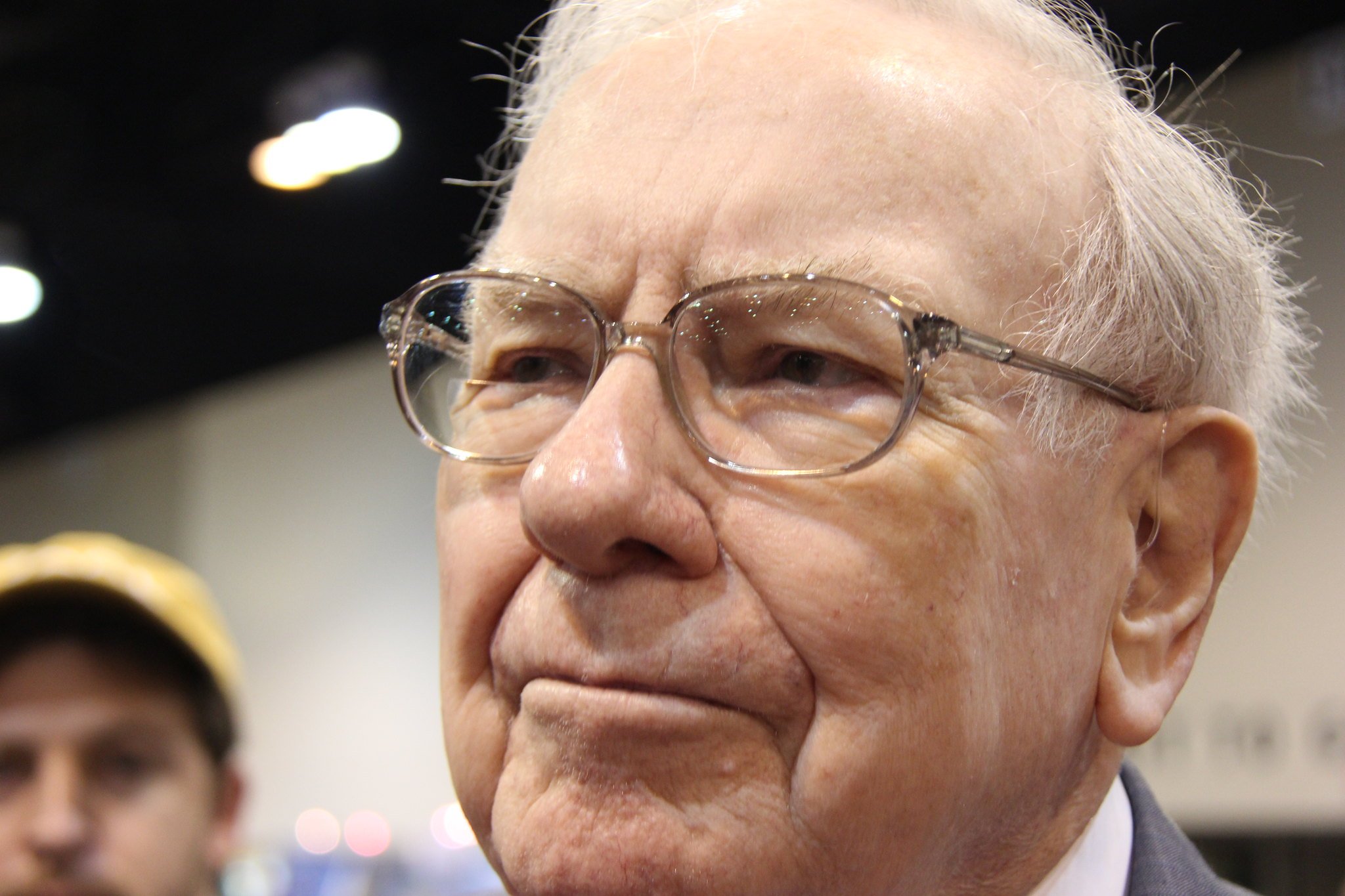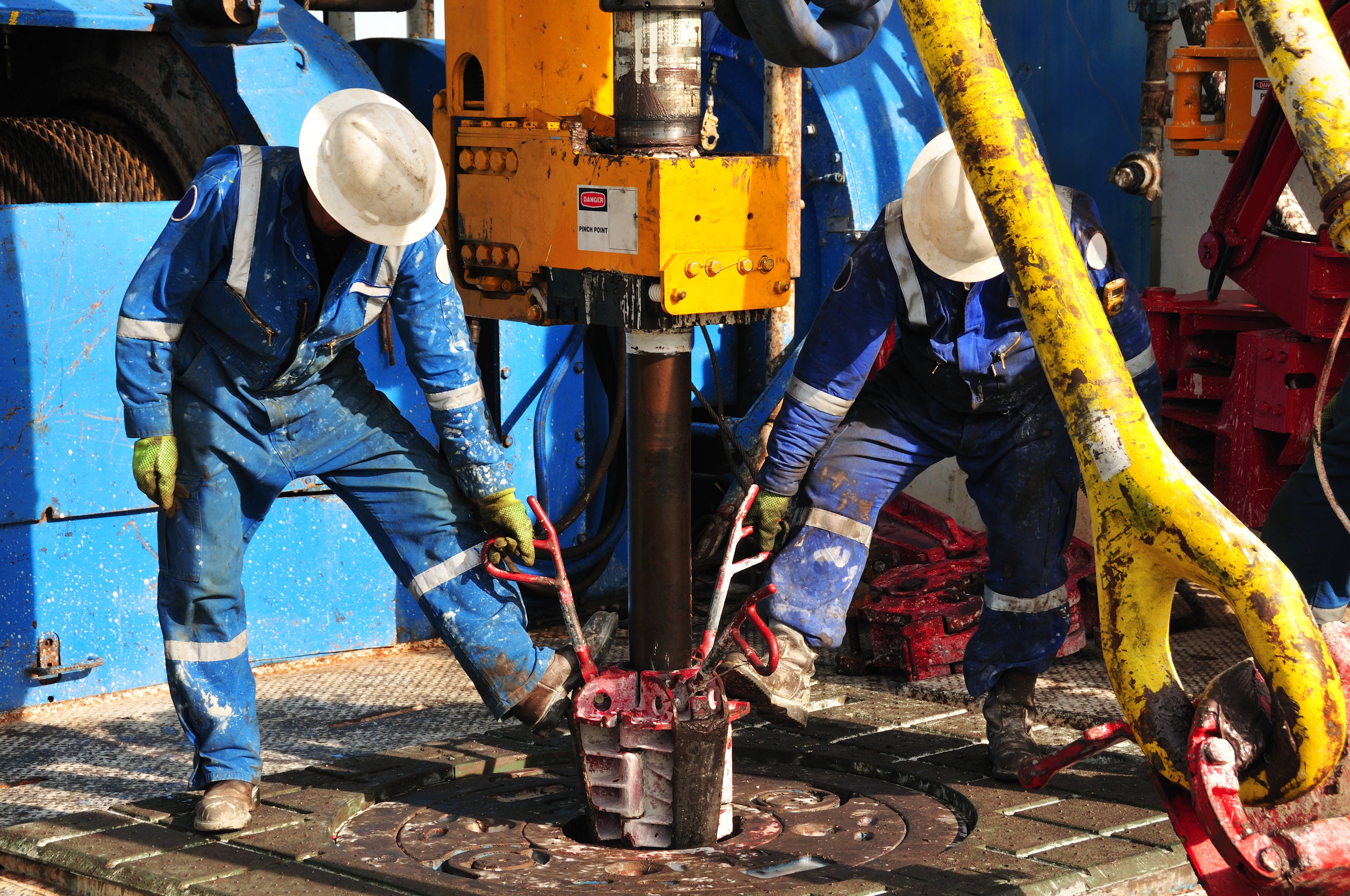There's a complex problem to solve when it comes to the energy sector and investing. Energy is vital, and there should probably be some exposure included in all diversified portfolios.
But energy prices tend to be volatile, with energy stocks often following along for the ride. If you are a dividend investor, however, there are two options for dealing with the volatility conundrum while still collecting a large and reliable income stream: Chevron (CVX 0.79%) and Enterprise Products Partners (EPD 0.34%).
Chevron does it all -- while paying a reliable dividend
Chevron is what is known as an integrated energy company. That means it produces oil and natural gas in the upstream. It transports oil and natural gas in the midstream. And it processes oil and natural in the downstream, where it makes chemicals and refines the commodities into things like gasoline. Each segment of the industry operates differently through the energy cycle.

Image source: Getty Images.
That's important because when oil prices are weak, earnings in the upstream will suffer. But the downstream uses oil as an input, so it will often see a benefit from low oil prices.
All in, using an integrated model helps to smooth out the peaks and valleys inherent to the energy sector. That's a key part of how Chevron has been able to increase its dividend annually for 38 consecutive years.
If you have $1,000 to invest today, you can buy around six shares of the stock and collect an attractive 4.4% dividend yield. But that's not the whole story because Chevron also happens to have one of the strongest balance sheets among its closest peer group.
With a debt-to-equity ratio of just 0.2x (good for any company), Chevron has the capacity to take on debt during energy downturns. That allows it to support its dividend and business while oil prices are weak and, when oil prices recover, it pays down the debt in preparation for the next weak patch.
Simply put, Chevron knows how to survive the energy cycle.

NYSE: CVX
Key Data Points
Enterprise sidesteps commodity risk
While even conservative investors should feel pretty comfortable owning Chevron, there's still material exposure to commodity price volatility in the business. If you want to avoid that, you should look at Enterprise Products Partners, which operates solely in the midstream segment of the broader energy sector. It owns energy infrastructure assets like pipelines, storage, processing, and transportation facilities.
What separates Enterprise's business from Chevron's business is that midstream operators are basically just toll takers within the broader energy landscape. Enterprise doesn't really care that much about the price of oil, since it gets paid the same to move oil, no matter what the commodity costs. So long as demand for energy remains strong, which it usually does, given the importance of energy to the global economy, Enterprise's cash flows will remain robust.
To put some numbers on that, investment-grade-rated Enterprise's distributable cash flow covered its distribution 1.7x over the past 12 months. The strength of the business approach is what has allowed the master limited partnership (MLP) to increase its distribution for 27 consecutive years, which is roughly how long the business has existed.

NYSE: EPD
Key Data Points
There are some tax complications to consider with MLPs, including Schedule K-1 tax forms come tax time. But the lofty 6.9% distribution yield will likely be ample compensation for the extra work for conservative investors looking to add some energy into their portfolio mix. A $1,000 investment will allow you to buy roughly 31 MLP units.
Buy and hold Chevron and Enterprise
The really big story with Chevron and Enterprise, however, is that you can buy them and comfortably hold through the energy price volatility that will occur over time. That's the key to the story with these two industry-leading and financially strong high-yield investments. If you are a long-term dividend investor, they could fill an important void in your portfolio if you have been fearful of adding direct energy investments to the mix.





